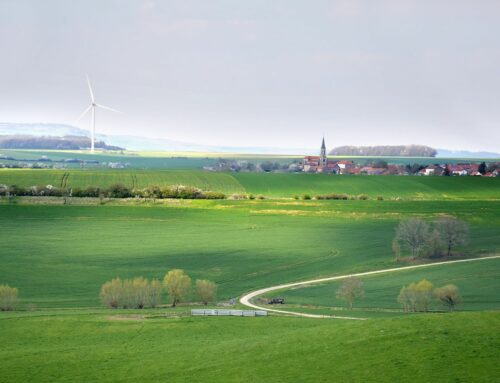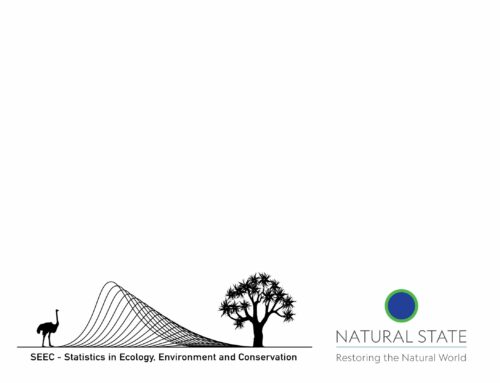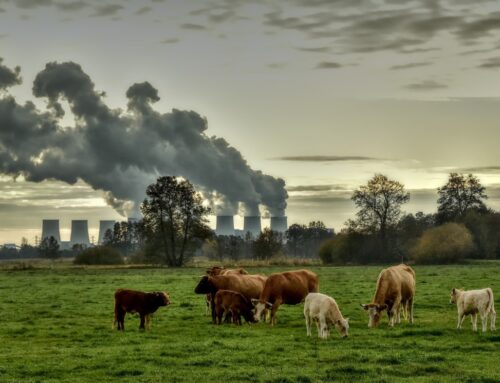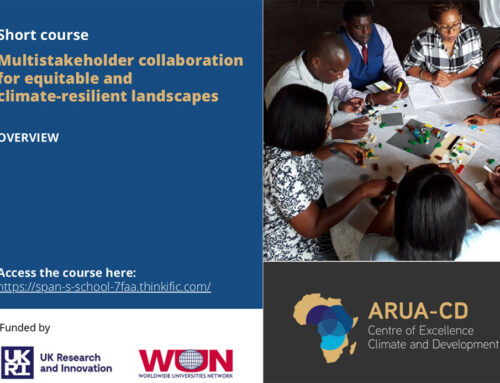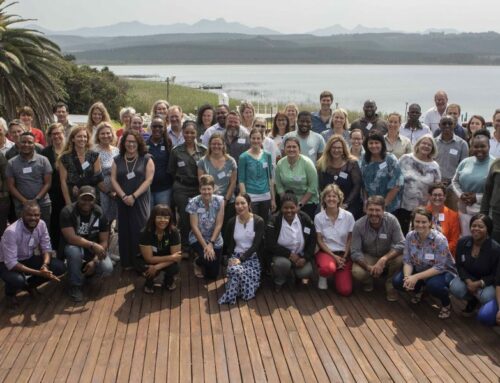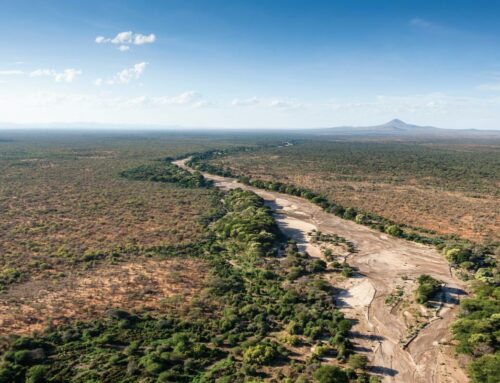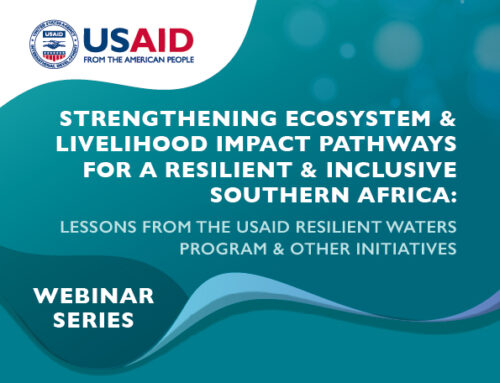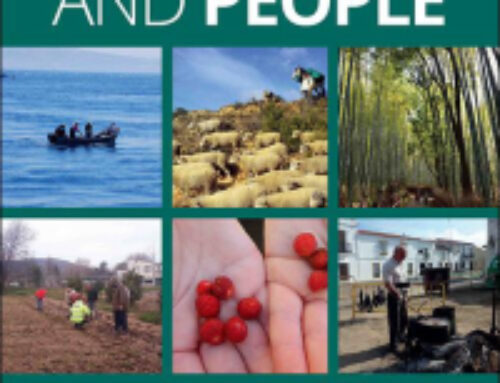SAPECS-affiliated researchers Ilse Kotzee and Belinda Reyers have published a paper in which they present a composite index for measuring flood resilience and apply this approach to three flood-prone municipalities in South Africa. The study was published in Ecological Indicators, and is available here.
For more information, please see the abstract below:
“Global increases in the magnitude and frequency of flood events have raised concerns that traditional flood management approaches may not be sufficient to deal with future uncertainties. There is a need to move towards approaches that manage the resilience of the system to floods by understanding and managing drivers of vulnerability and adaptive capacity. Here we pilot an approach to measure the resilience of a system to a flood. A method is presented in which indicators are used to measure and map the spatial distribution of the levels of flood resilience across a landscape. Using three flood affected municipalities in South Africa, 24 resilience indicators related to floods and its relevant social, ecological, infrastructural and economic aspects are selected, and integrated into a composite index using a principal components analysis (PCA). A fifth component of institutional resilience is used to explore levels of disaster planning, mitigation and public awareness capacities and where these can be increased. The PCA transformed the 24 variables into four main components, the first of which was strongly correlated with underlying social variables, while the second and third correlated well with economic and ecological variables respectively. Distinct spatial variation of flood resilience was found across the study area, with highest flood resilience in main cities, and lowest in wards located on the periphery of cities often the location of peri-urban informal settlements. The disaggregation of underlying indicators showed wards with lowest flood resilience also had the lowest social, economic and ecological resilience. The flood resilience index was sensitive to the exclusion of all three components highlighting the importance of capturing the multidimensionality of flood resilience. The approach allows for a simple, yet robust index able to include an array of datasets generally available in flood prone areas with potential to disaggregate and trace variables for management and decision making.”


